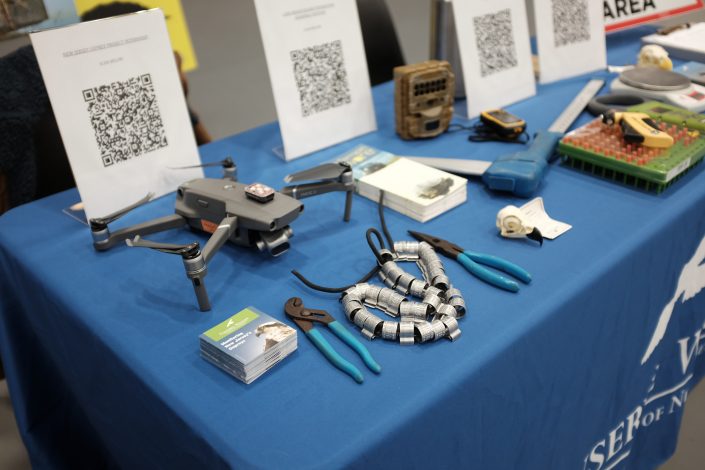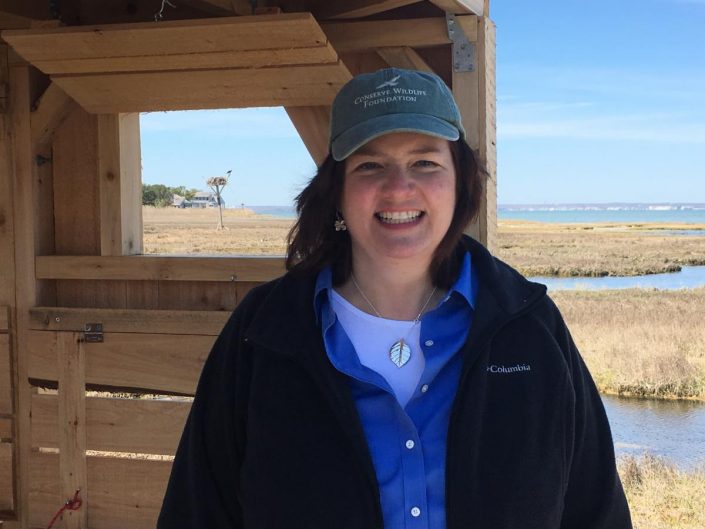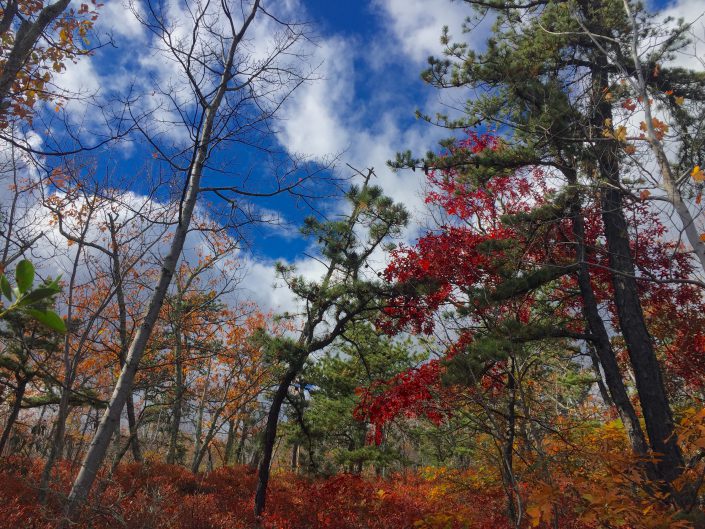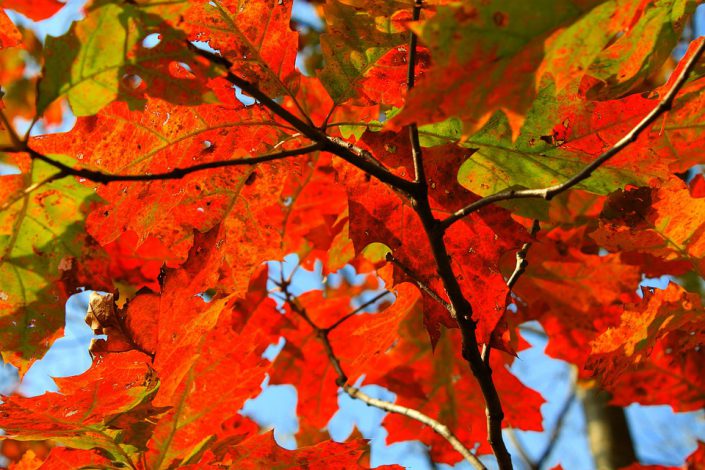Enhancing the Sciences at LBIF
by Ben Wurst, Senior Wildlife Biologist

For the past two summers, Victoria Rosikiewicz has worked for Conserve Wildlife Foundation of New Jersey at the Long Beach Island Foundation (LBIF) of Arts and Sciences. LBIF is a non-profit organization whose mission is to “promote the arts and sciences on Long Beach Island and the surrounding communities by enlightening, educating, and stimulating thought and discussion about current trends in the arts and sciences through educational and cultural programs for all ages.” We began working with LBIF in 2015 to help encourage ospreys to utilize a nest platform on their 20 acre preserved saltmarsh. Over the years, our relationship has grown and we have worked to improve science based programming and environmental features on site. From enhancing their Nature Trail and installing the live streaming LBIF Marsh Cam, building the Osprey Blind, and creating terrapin nesting habitat. Victoria has helped to expand environmental education through leading LBIF’s Discovery Days public walks, CWF’s wildlife summer camp, and conducting wildlife surveys. This work has been funded through a grant from the Osprey Foundation.
Continue reading “Enhancing the Sciences at LBIF”






